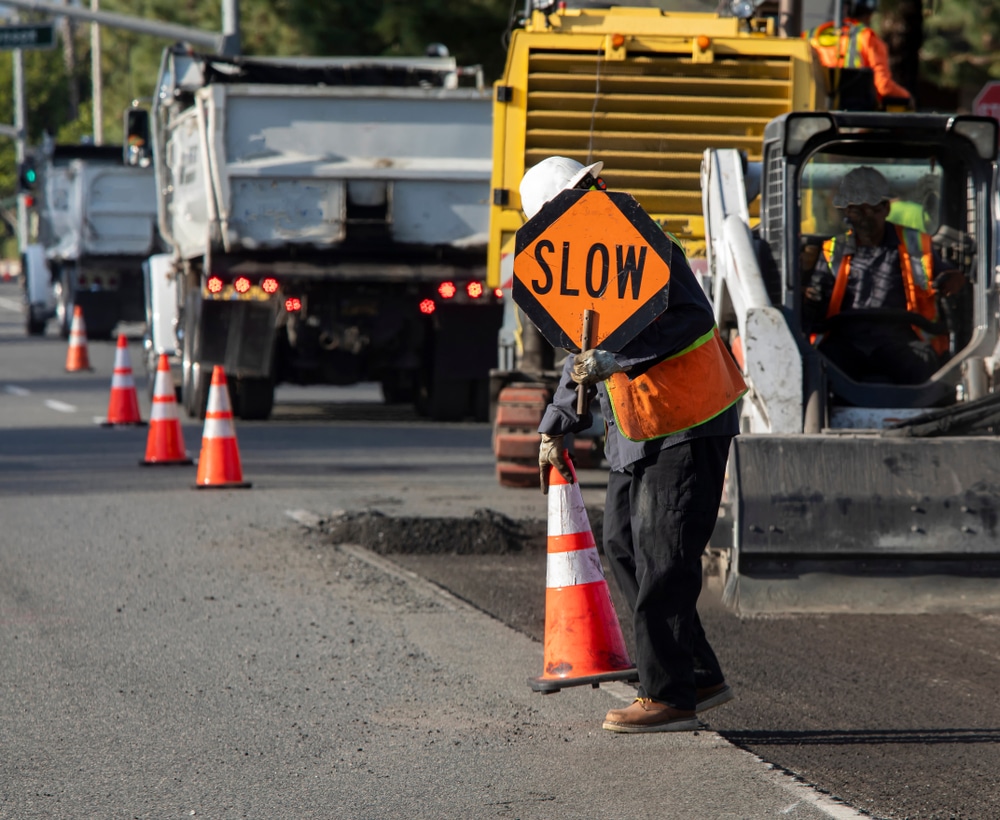Right of Way Bond (DOT)
Contractor Surety Bonds
Price: Depends on application
- A surety bond is required in order to secure a permit for right-of-way work along public highways or other public roadways.
To purchase your South Carolina Right of Way and Performance Bond (DOT) simply click on the "Buy Now" button. You will then be guided through a brief set of questions. After which you'll pay online and sign using DocuSign. Your new surety bond will be signed and sealed as a full-color PDF document for printing.
Securing a South Carolina Right of Way and Performance Bond (DOT) surety bond is a commitment by principals to adhere to the stipulations of contractual and legal obligations.
Note: If the bond requires underwriting, it may take up to 24 hours.



